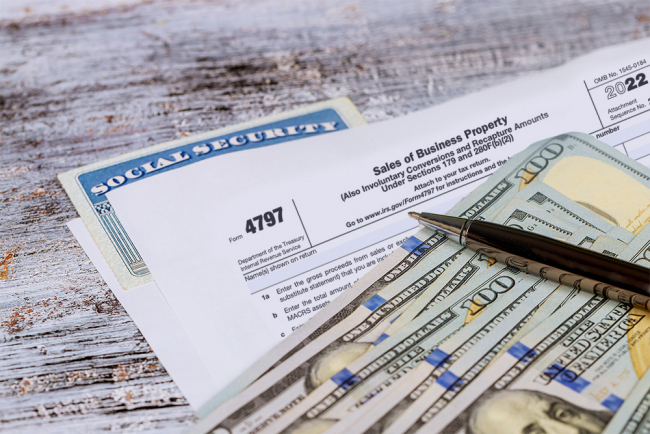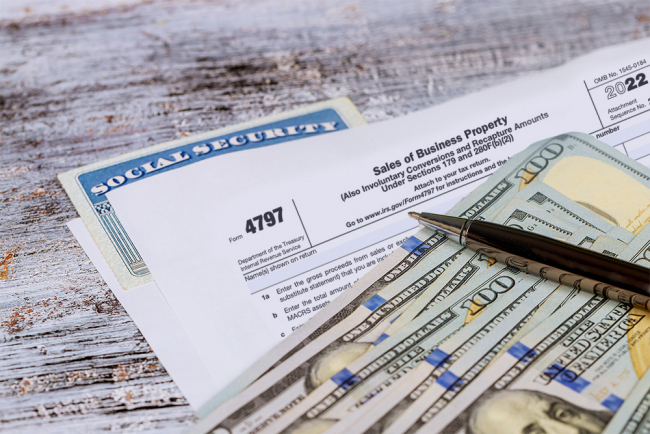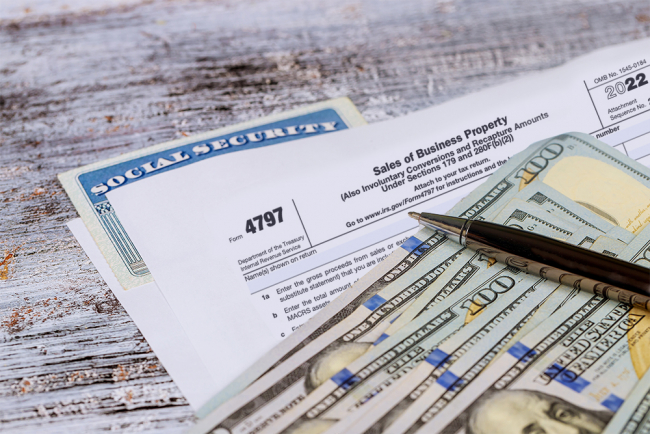What is a Transfer Tax?
A transfer tax is a tax imposed upon the sale or other transfer of the ownership of real property from one person or entity to another. Transfer taxes may be imposed by a state, county, or municipality, and are generally not deductible for federal income tax purposes. They can be compared to a sales tax, imposed by the government for the privilege of selling or transferring your property to someone else. In some jurisdictions, they are imposed whether you actually sell the property, or if you simply transfer it to another person or entity, such as by gift.
Not all states impose transfer taxes. Of those that do, tax rates range from 0.01% ($0.01 per $100 of transfer value) to 5% ($5.00 per $100 of transfer value). Some states impose these taxes at a flat rate, regardless of the value of the property, and a few impose a sliding scale with the tax rate increasing for higher value properties.
As mentioned above, some counties and municipalities impose their own transfer taxes, in addition to those imposed by the state. These range from 0.25% ($0.25 per $100 of transfer value) to 5% ($5.00 per $100 of transfer value).
What is a “Mansion Tax”?
The term “mansion tax” is a type of transfer tax that applies to taxes imposed on real estate transfers on high-value real estate, typically over a certain value. The tax schemes vary somewhat from state to state:
Connecticut – Imposes a higher rate for properties over $800,000. For properties over $2.5 million, there is a 2.25% tax on the portion above that threshold, in addition to the regular transfer tax.
District of Columbia – Imposes a higher rate for properties over $400,000.
Hawaii – Has seven different tax rates, imposing incrementally higher rates for properties between $600,000 and $10 million.
New Jersey – Imposes a higher tax rate for homes over $350,000 plus an additional 1% to the regular transfer tax on homes over $1 million.
New York – Imposes a higher rate to homes over $1 million. New York City imposes two additional transfer taxes of up to 2.9% on homes over $2 million.
Vermont – Imposes a higher tax rate on the portion of a home’s value over $100,000.
Washington – Imposes higher tax rates for homes valued over $500,000, with increases at $1.5 million and $3 million.
Recently, Los Angeles voters approved Ordinance ULA creating the so-called ULA Tax. While many people have been referring to this as a “mansion” tax, it applies to the sale or transfer of all real property over the threshold – from single-family homes to high-rise office buildings. There are a few exemptions for non-profit entities, Community Land Trusts, and Limited-Equity Housing Cooperatives. Otherwise, however, LA’s new mansion tax applies to all transfers of real property within its boundaries.
The new ULA Tax is 4% on properties valued over $5 million, and 5.5% on properties valued over $10 million. This new tax is on top of the City and County of Los Angeles transfer tax of 0.56% ($0.56 per $100 of transfer value).
How do these taxes interact with Section 1031 Exchanges?
Section 1031 exchanges are for real estate that has been held for productive use in a trade or business or for investment. Thus, they do not apply at all to a taxpayer’s primary residence, second home, or vacation home.
Further, Section 1031 only defers capital gain and depreciation recapture taxes. Transfer taxes, mansion taxes, and similar taxes imposed at the sale or transfer of property are not deferred or abated by the use of a Section 1031 exchange.
However, they are accounted for in the real estate transaction, and do reduce the amount the taxpayer must replace. Remember that for full deferral, the taxpayer should trade equal or up in fair market value. Accounting for the transfer and “mansion” taxes, we might see something like this:
Sale Price $6,000,000
Transfer Tax ( $33,000)
Mansion Tax ( $240,000)
Net $5,726,400
On this example, the taxpayer sold a $6,000,000 relinquished property, and should target a replacement property worth at least $5,726,400. This does not account for brokerage fees or other closing costs, which may also impact the taxpayer’s exchange target.
As always, taxpayers considering a Section 1031 exchange should consult with their tax and legal advisors before selling their property.









